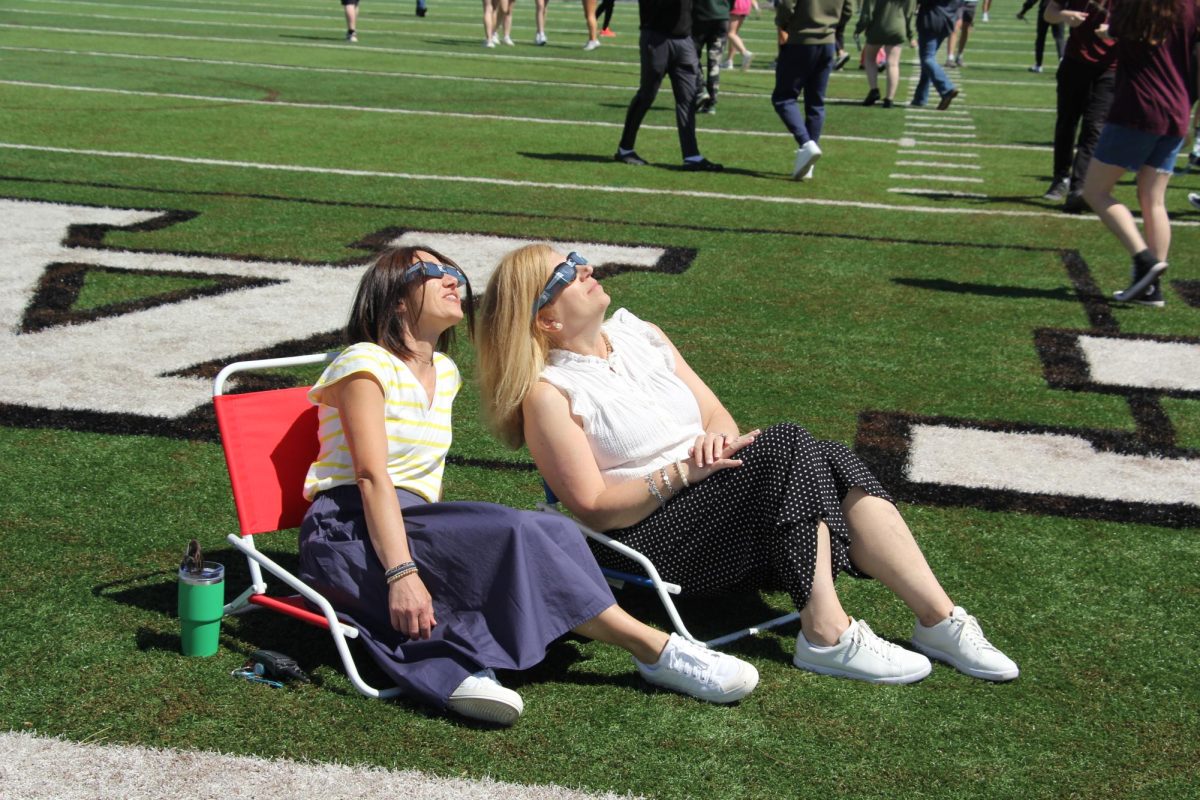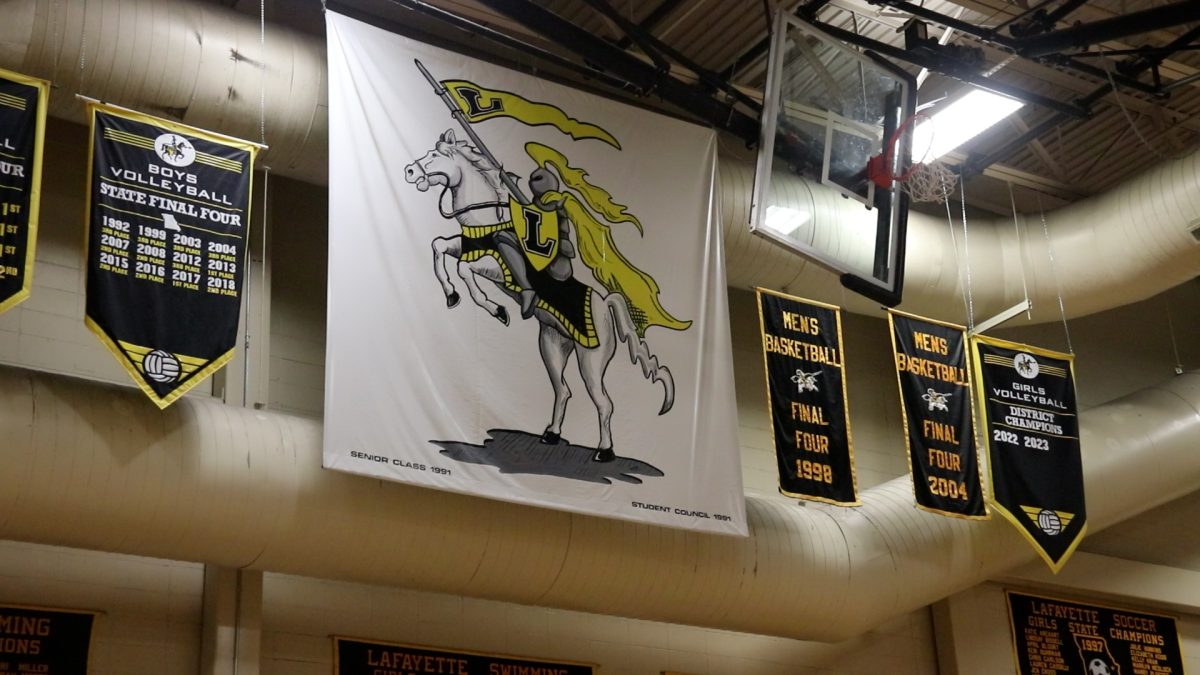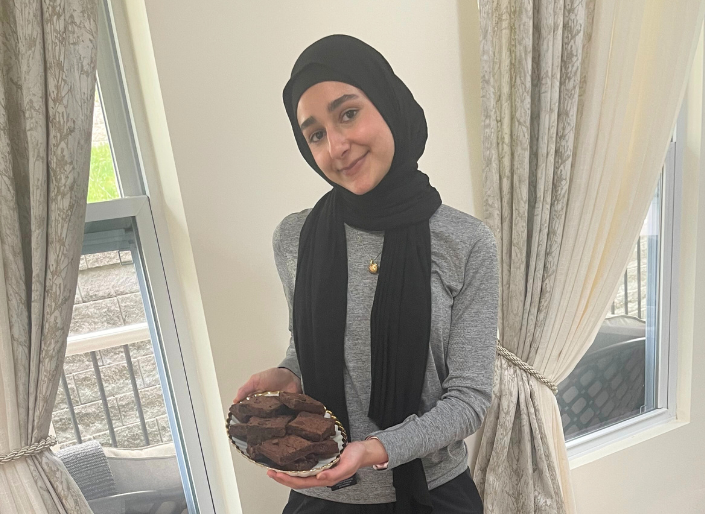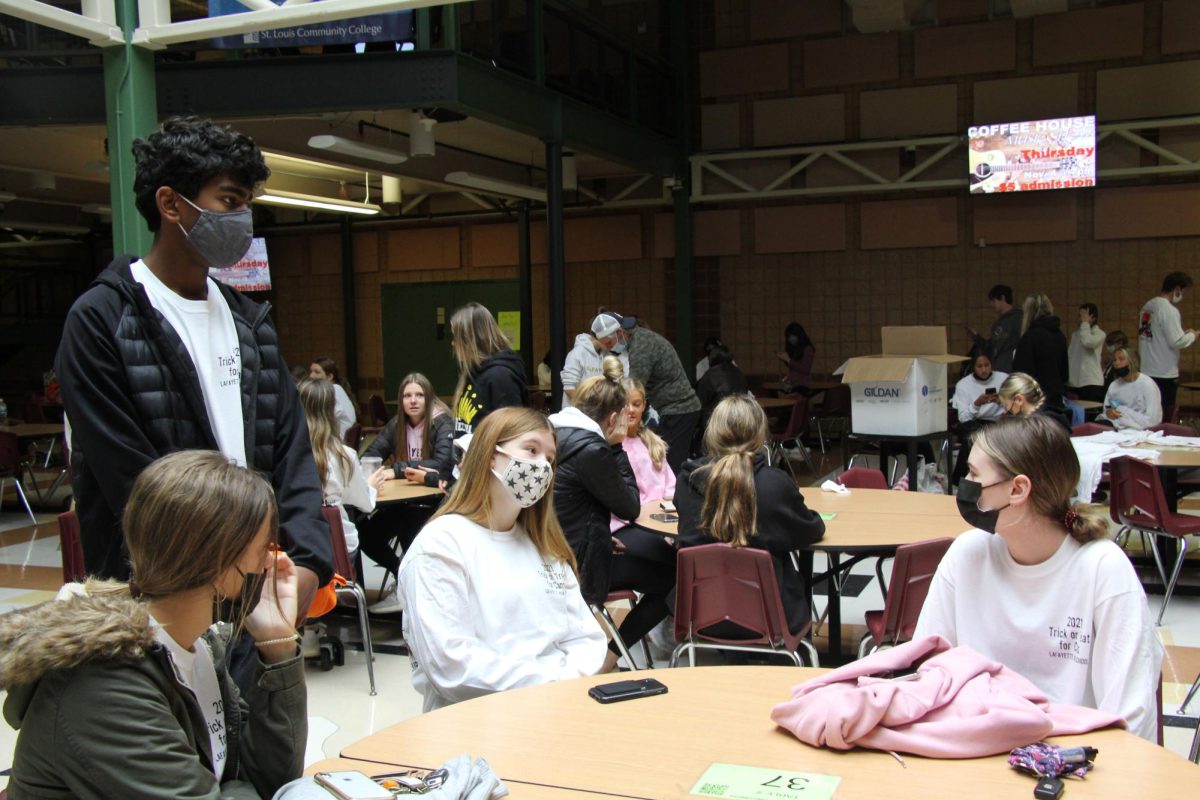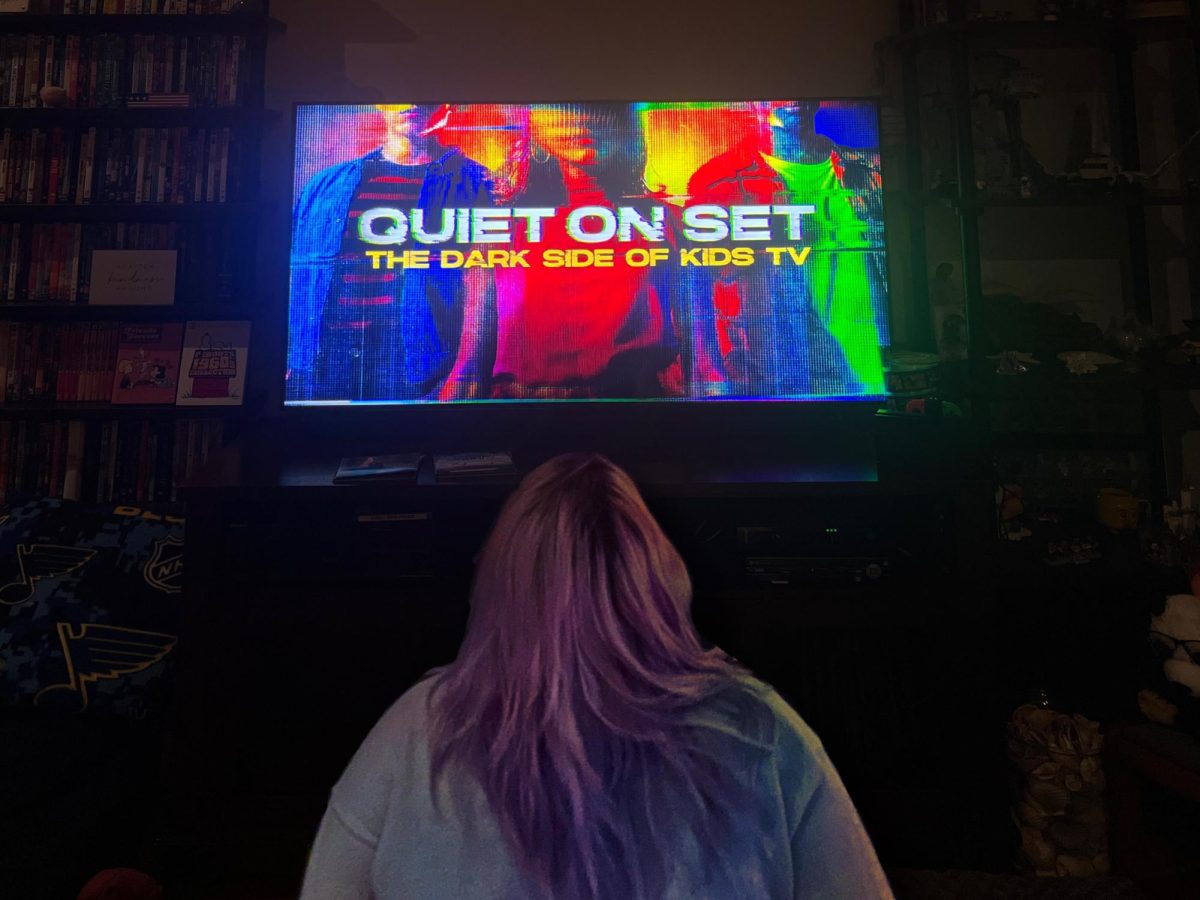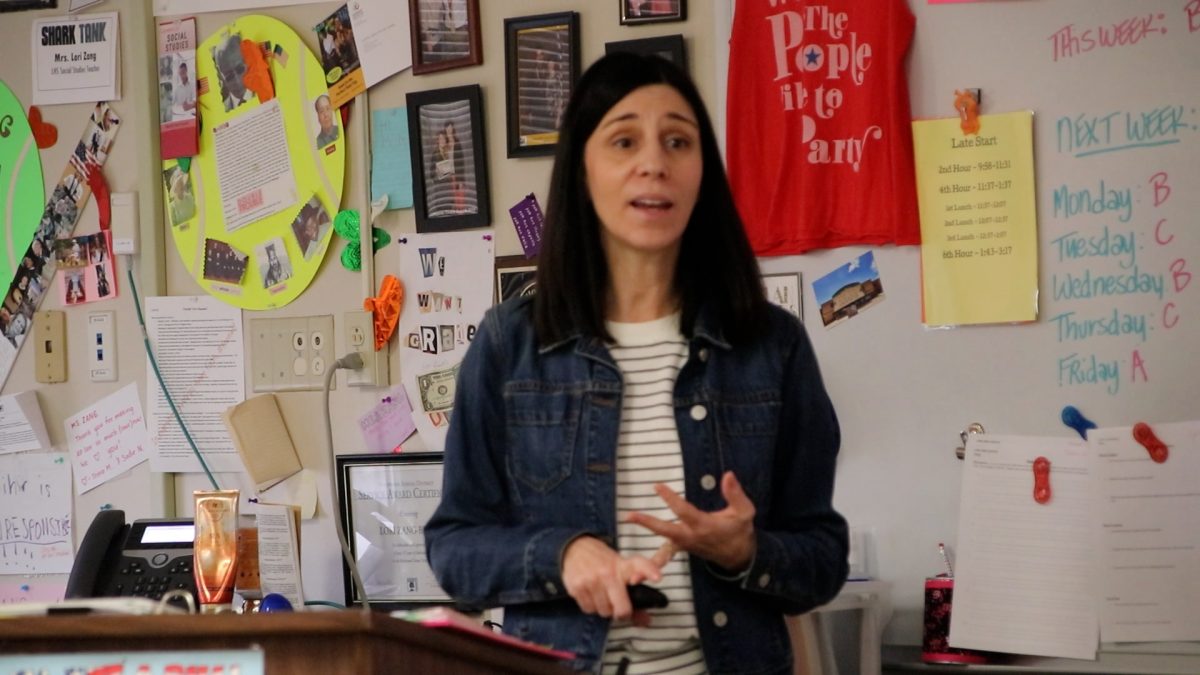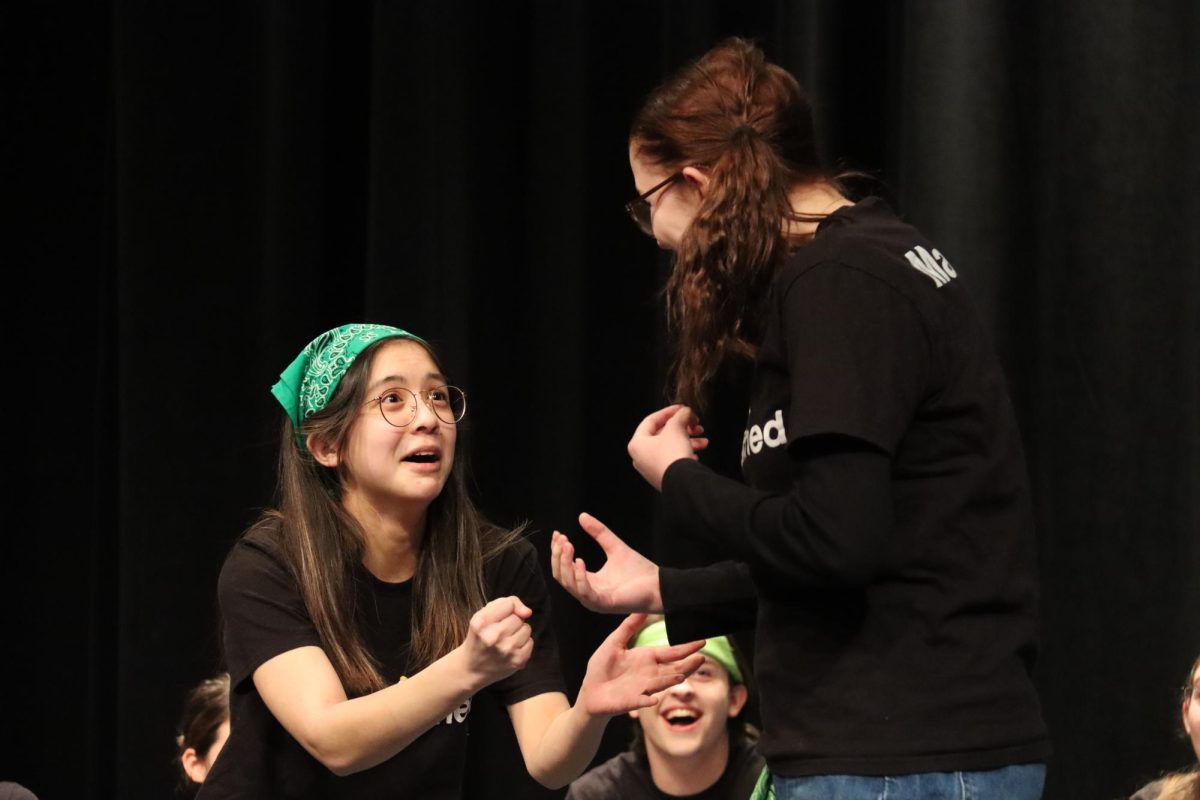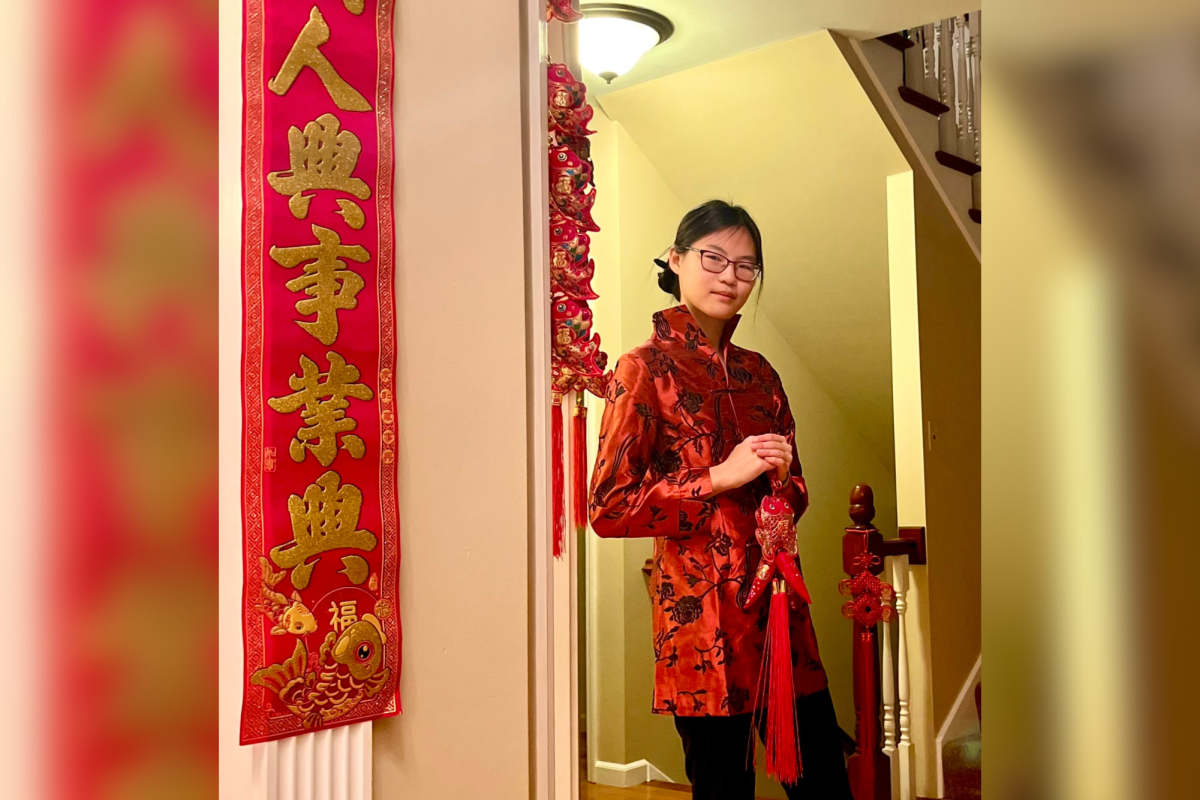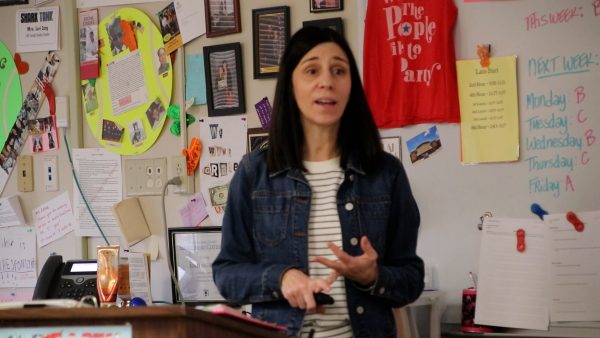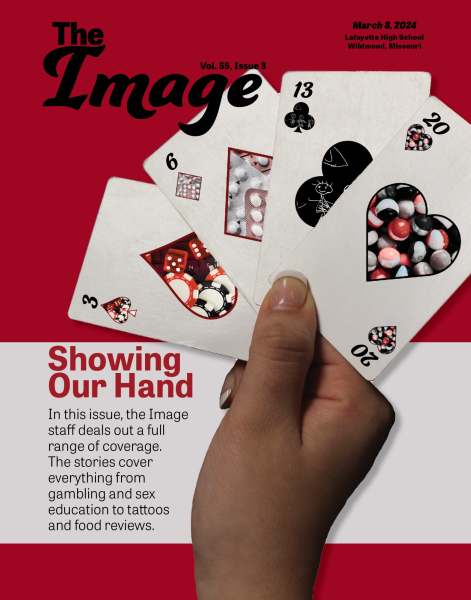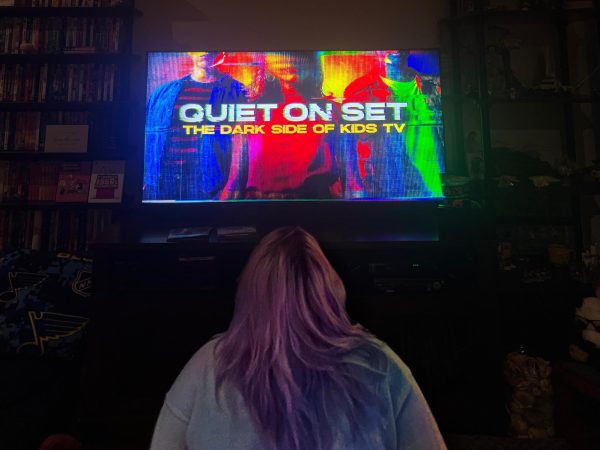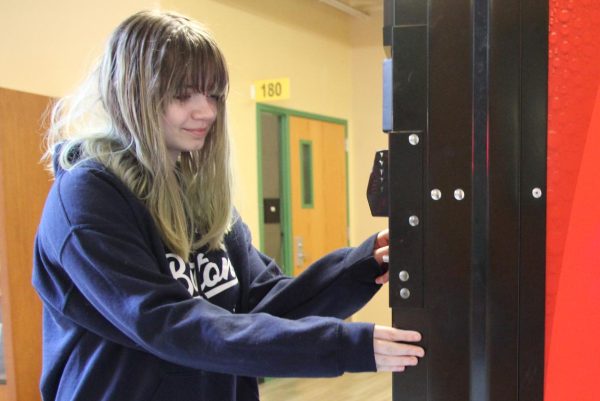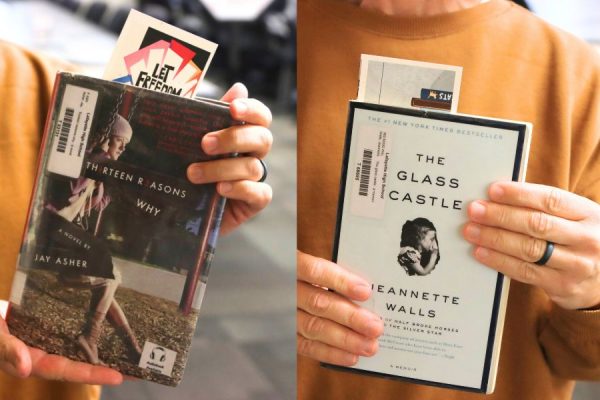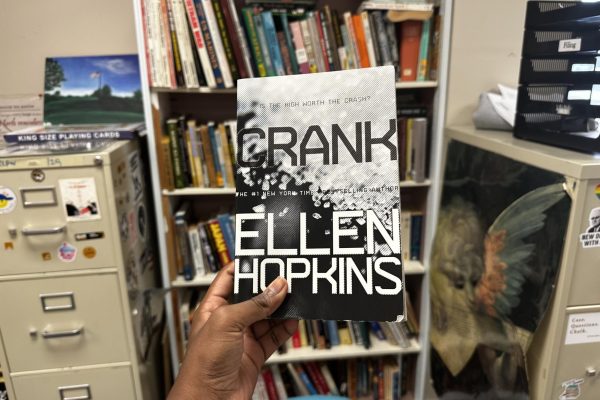TV SHOW REVIEW: Killing Eve sets new standards
May 12, 2019
Sandra Oh left the hit TV show Grey’s Anatomy in 2014. For the first time in her career, she had the power to choose her next job and negotiate a better deal; it paid off when she took one of the lead roles (as Eve Polistri) on the new show Killing Eve.
Jodie Comer co-stars as Villanelle, the intelligent and crafty assassin who can be quite brutal at times. This is the 26 year olds big break as the show reached about a million viewers on the final episode of season one.
Although the actors typically are given the spotlight, the production crew received praise from large publications to award shows to social media websites.
Everything from the script to the typography was perfectly crafted to create a masterpiece, just like the painting The Corpses of the Brothers De Witt by Jan de Baen written into 2×04 (Season x episode).
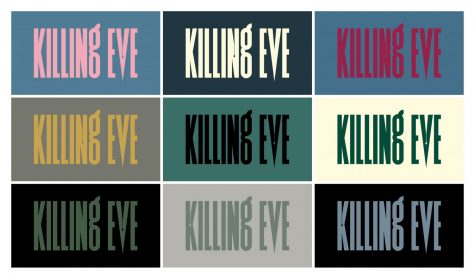
New York Times Art Director Matt Willey designed the typography for the hit TV show Killing Eve.
The unique typography, created by the New York Times Art Director Matt Willey, contains a kinetic element of blood dripping from the K, N or V which adds to the murderous aesthetic of the show. The slightly opaque locations over the scenes add to the shows ability to care a lot yet seem so careless at the same time by using a assertive font yet using such bright colors, adding to the uncertainty of the show.
The typographic work isn’t the only work of art in this show either. The music and sound department has took home a British Academy Television Craft award for their work on the show.
For example during 2×04 at the end of the episode, the crew picked the song “Vlinder Van Een Zomer (Angel Of The Morning)” – Willeke Alberti to display Villanelles yearning while keeping the tone of the scene optimistic. It’s fitting as Villanelle is at her weakest most vulnerable point since the end of season one.
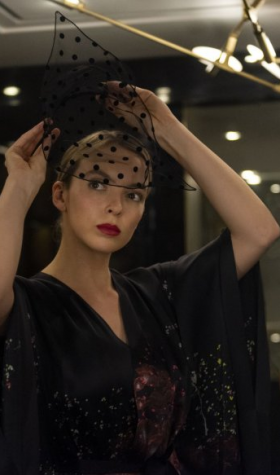
Charlotte Mitchell has been designing costumes for Killing Eve since season one. She dresses Villanelle (Comer) with colorful and playful pieces while putting Eve (Oh) in “everyday” outfits, typically linen.
The fashion department, more specifically Charlotte Mitchell, also received high praise for Villanelle’s vibrant costumes. Even Eve’s outfits help her characterization as bland or uninteresting.
The choices of clothing also helps further the story.
“When deciding on colors for this scene, I knew Villanelle had to be in black and for once I wanted Eve to be in a similar color,” Mitchell said in a BBC America Q&A. “Before when you have seen them together they have been in contrasting colors, for example the pink and the blue from the end of Series 1. By putting them in the same tonal palette was a chance to subtly tell the audience that they are becoming more alike.”
Speaking of parallels, the show’s head writer Phoebe Waller-Bridge weaved many motifs into a delicately crafted story of an assassin/detective archetype. But this story that was created is wildly different of any conventional assassin tropes. Every time you think you know something, the turnout will be drastically different; Waller-Bridge is a cunning writer when it comes to playing on the expectations vs reality theme.
Even when passing on the head writer role to Emerald Fennell, the show kept its dark humor; arguably better than the first season. This season the viewers are gifted with a darker and lighter side to both characters, introducing a closer bond between the main characters.
This darkness has not only been carried over to the characters, but also carried over to post-production. While some scenes, such as the lighter ones in Amsterdam, nailed the color grading, more scenes were left in the dark when it came to the editing. Most of the time, the viewer needs to squint in order to try to make out what’s going on; lighting is an easily fixable problem in post production.
Some could say that the color was meant to be darker or drained of color, but there’s a line between being drained of color and being outright unseeable. No show should let the darkness detract from the plot or meaning of the show, which Killing Eve does.
Most recently, in the opening two minutes of 2×06, Villanelle cannot be made out. There was no attempt to make her face distinguishable from her surroundings, and fans online had to brighten the images and video to even attempt to see what was happening.
The

